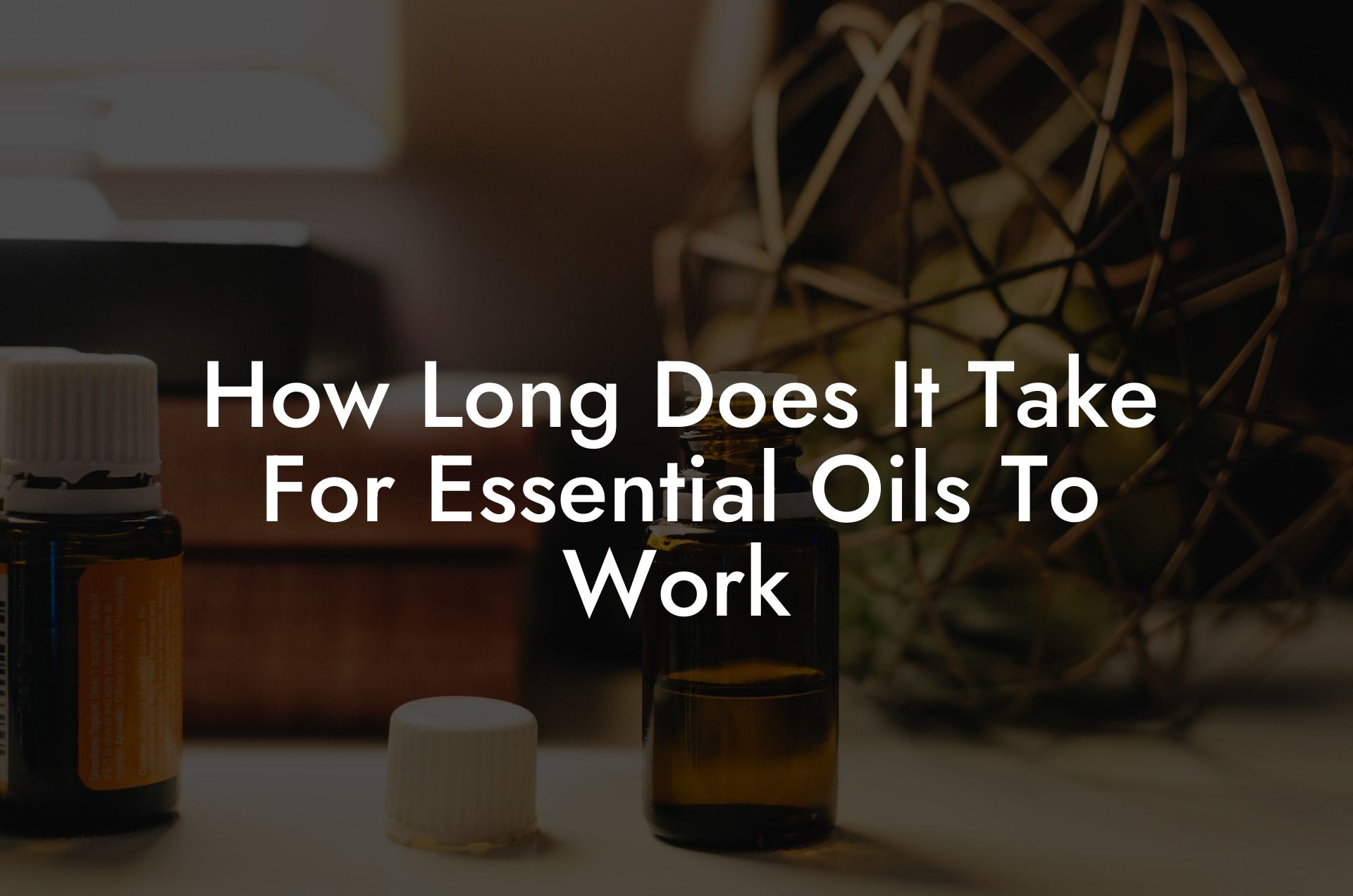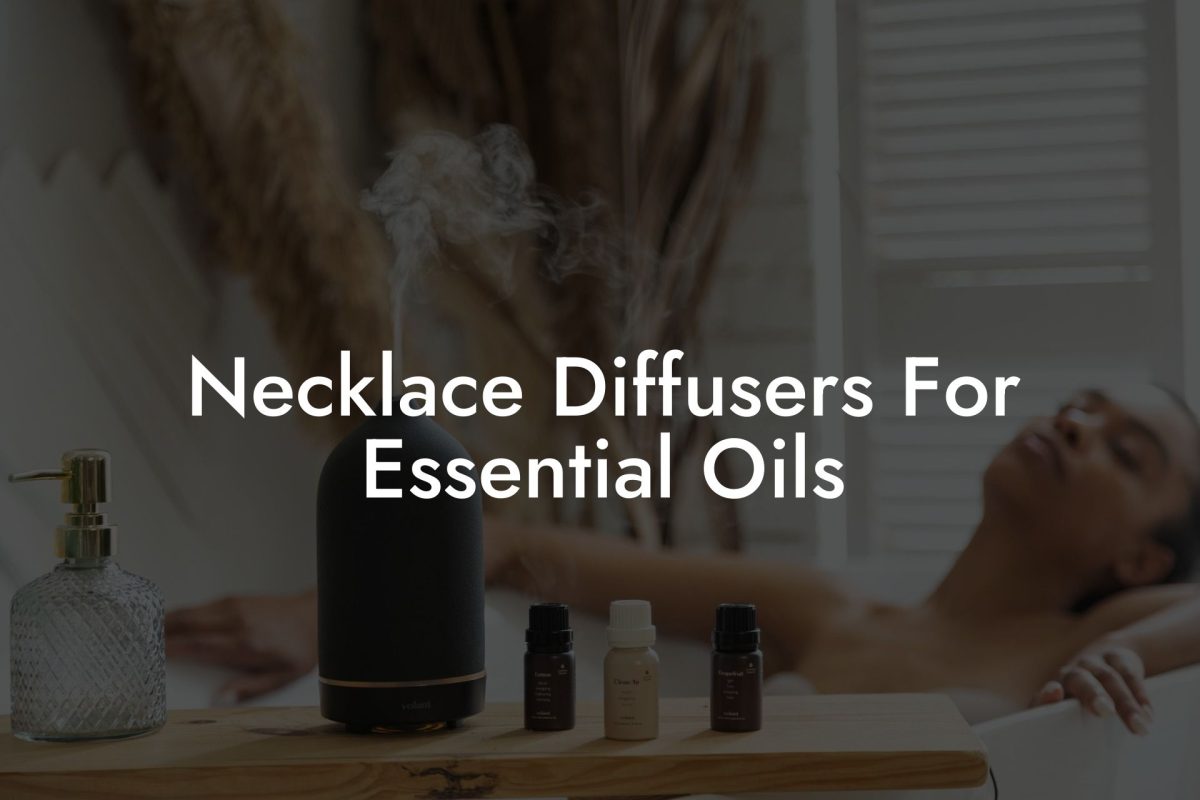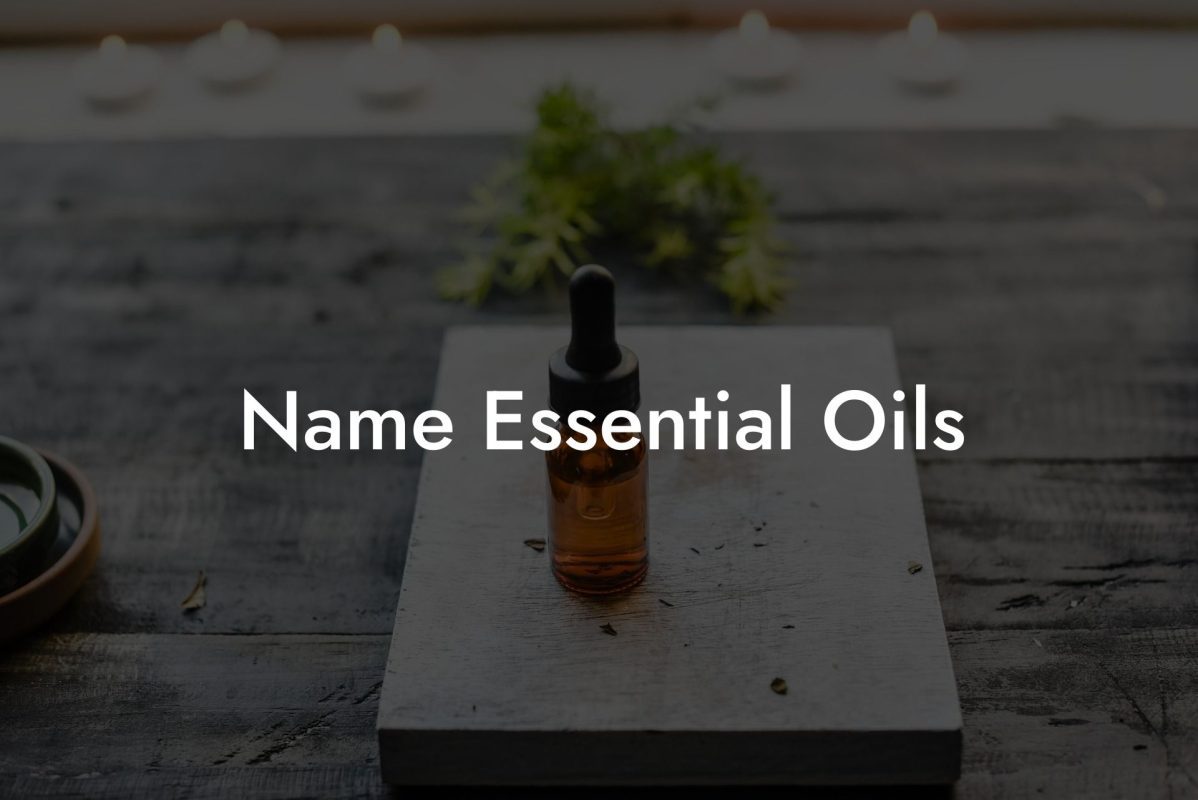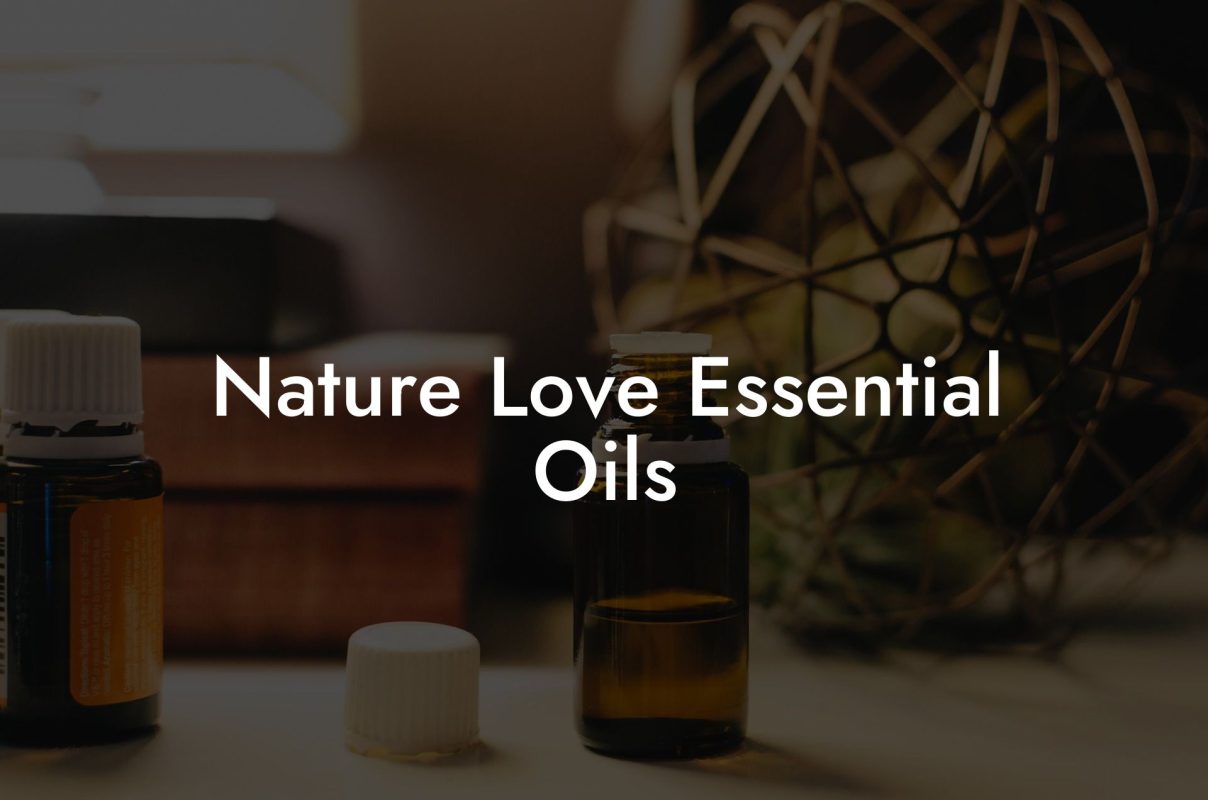Essential oils have been gaining popularity for their ability to enhance physical and emotional well-being. Many people are turning to these powerful plant extracts for their therapeutic benefits. But a common question that often arises is, “how long does it take for essential oils to work?” In this article, we will explore the factors that affect the absorption and effectiveness of essential oils and learn about the different methods of application to ensure you get the most of your aromatherapy experience.
Table of Contents
Factors Affecting the Absorption of Essential Oils
Essential oils work in various ways depending on several factors such as:
Quality of the Oil
The quality and purity of the essential oil play a significant role in determining its effectiveness. High-quality, pure essential oils are more potent and offer better results than diluted or synthetic versions.
Method of Application
Different methods of application can affect how quickly essential oils are absorbed and begin to take effect. Inhalation, topical application, and internal consumption all have different absorption rates.
Individual Differences
Each person’s body chemistry is unique, so the way essential oils work will also vary depending on the individual. Factors such as metabolism, age, and overall health can impact the absorption and effectiveness of essential oils.
Methods of Application and Their Effects on Absorption
Essential oils can be applied in several ways, each with its absorption rate:
Inhalation
Inhalation is the fastest method of absorption, as the aroma molecules directly enter the olfactory system and reach the brain within seconds. This method is often used to achieve quick relief from stress, anxiety, and respiratory issues. Diffusers, personal inhalers, and steam inhalation are common ways to inhale essential oils.
Topical Application
Topical application involves applying essential oils directly to the skin, and absorption usually occurs within 5-20 minutes. Dilution with a carrier oil is recommended to avoid skin irritation and enhance absorption. Common uses for topical application include massage, localized pain relief, and skincare.
Internal Use
Internal use of essential oils is not always recommended, and you should consult a healthcare professional before ingestion. It is generally the slowest method of absorption, with effects noticeable after 30-60 minutes or longer. Capsules, sublingual drops, and culinary uses are examples of internal consumption.
How Long Does It Take For Essential Oils To Work Example:
Imagine you’re having trouble falling asleep, and you decide to use lavender essential oil to promote relaxation. Depending on the method you choose, the time it takes for the lavender oil to take effect will vary:
– If you use a diffuser to disperse the lavender oil in your bedroom, you can expect to feel the relaxing effects within minutes, as this method employs inhalation.
– If you apply a diluted lavender oil to your feet, wrists, or temples, it may take anywhere from 5 to 20 minutes for the relaxation effect to set in.
– If you decide to ingest a lavender-containing supplement, which is not typically recommended, the relaxation effects may take 30 minutes or longer to manifest.
Essential oils offer a natural solution to enhance well-being and improve various aspects of daily life. Understanding the different factors affecting their absorption and effectiveness is crucial to maximize their benefits. Armed with this knowledge, you are well-equipped to incorporate essential oils into your routine and experience their powerful impact. We encourage you to share this article with friends and family to spread the word about the amazing benefits of essential oils. Be sure to explore our other guides on Oshu Oils and our wide range of essential oils to enhance your aromatherapy journey.





















